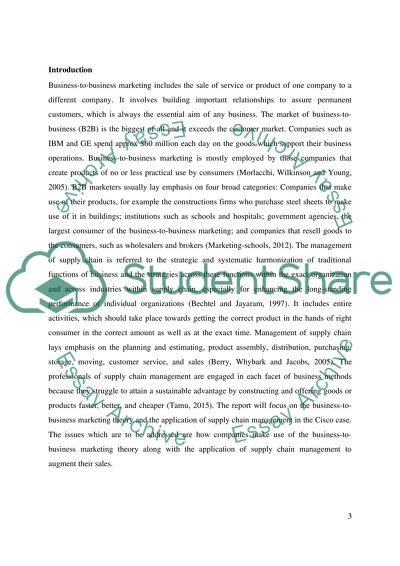Cite this document
(“Bussiness to business marketing and supply chain management Assignment”, n.d.)
Bussiness to business marketing and supply chain management Assignment. Retrieved from https://studentshare.org/marketing/1679697-bussiness-to-business-marketing-and-supply-chain-management
Bussiness to business marketing and supply chain management Assignment. Retrieved from https://studentshare.org/marketing/1679697-bussiness-to-business-marketing-and-supply-chain-management
(Bussiness to Business Marketing and Supply Chain Management Assignment)
Bussiness to Business Marketing and Supply Chain Management Assignment. https://studentshare.org/marketing/1679697-bussiness-to-business-marketing-and-supply-chain-management.
Bussiness to Business Marketing and Supply Chain Management Assignment. https://studentshare.org/marketing/1679697-bussiness-to-business-marketing-and-supply-chain-management.
“Bussiness to Business Marketing and Supply Chain Management Assignment”, n.d. https://studentshare.org/marketing/1679697-bussiness-to-business-marketing-and-supply-chain-management.


